Have you ever wondered what secrets a set of ancient jaws can hold? Imagine stumbling upon the fossilized grin of a cat that prowled the Earth 20 million years ago. One look at those teeth, and you can almost hear the echoes of wild hunts and moonlit prowls. These ancient feline fossils aren’t just dusty relics; they’re time machines, whispering stories of agility, strength, and survival. In a world where sabertooths once ruled and lush forests sprawled across continents, cats were already perfecting their stealth. This journey through the jaws of prehistory will make you see your own house cat in a whole new light. Ready to peer into the past and feel the pulse of early feline power? Let’s step back in time together.
Jawbones as Time Capsules
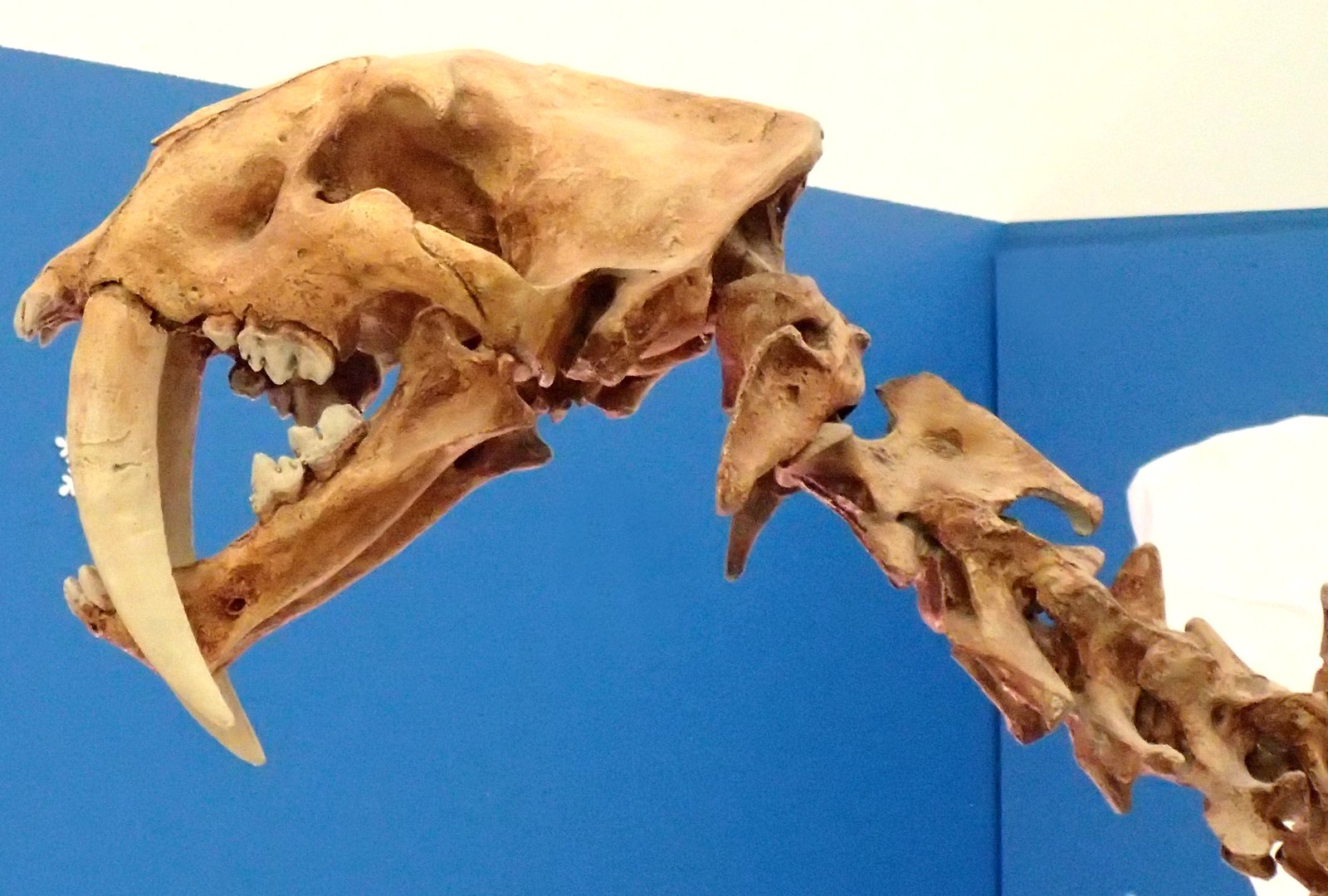
Ancient feline jaws aren’t just bones—they’re living diaries from an era when the world was wild and untamed. Every sturdy molar and sharp canine tells a story of survival, competition, and adaptation. When paleontologists brush away the dirt to reveal those jagged edges, it’s like turning a key in a lock that’s been shut for millions of years. These jaws show us how early cats shaped their world, snatching prey in the shadows and staking out territory with quiet confidence. There’s a kind of magic in seeing how little has changed; the same powerful bite that once brought down mammoths is echoed when a kitten chomps down on a toy. In a humble way, these fossils remind us that cats have always been masters of their domain, no matter the century.
Predators With Precision

Early cats weren’t just brutes; they were artists of the hunt. Their jaws reveal a design honed for pinpoint accuracy—teeth that fit together like puzzle pieces and muscles built for quick, lethal strikes. It’s almost poetic: the way a feline’s jaw closes, swift and silent, tells of a strategy that values patience, timing, and grace. Even today, when your housecat stalks a feather toy, she’s echoing a dance that began millions of years ago. There’s a strange comfort in knowing that this elegant method of hunting was already perfected before humans even walked upright. These jaws are a tribute to feline patience and the quiet confidence that comes with true power.
Sabertooth Mystique
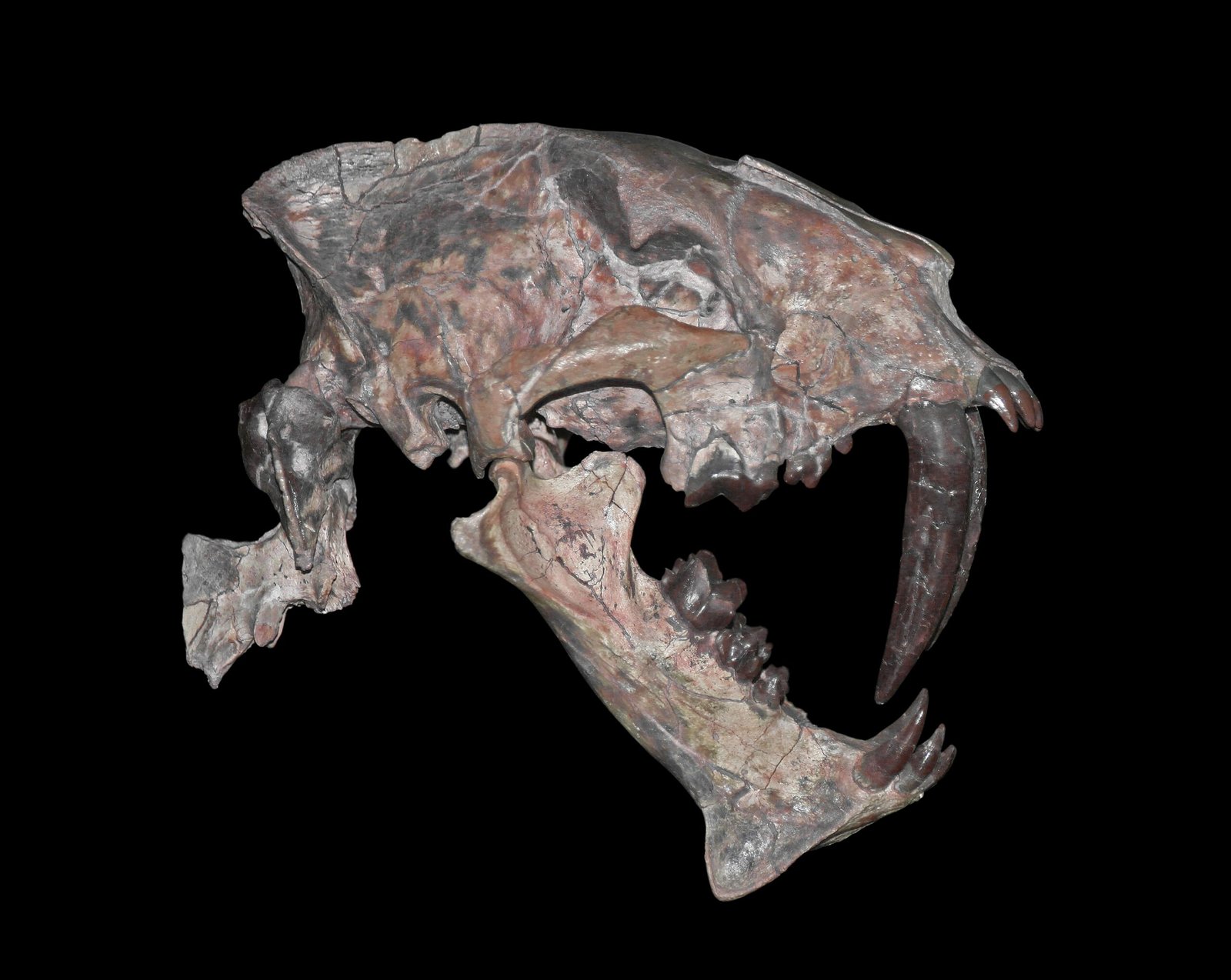
Few fossils capture the imagination quite like the sabertooth’s jaws. Those massive, saber-shaped canines jutting from their skulls look almost cartoonish, but they were real tools for real survival. The power packed into those jaws was enough to pierce thick hides and defend against larger predators. There’s something almost mystical about the way these ancient cats lived on the edge, balancing risk and reward with every hunt. When we picture a sabertooth yawning wide in the golden sun, it’s hard not to feel a shiver—part awe, part fear, all respect. Even in extinction, their jaws are a symbol of a wildness that refuses to be tamed.
Evolution’s Hand in Design

The shape of a cat’s jaw isn’t an accident—it’s the result of millions of years of trial and error. Early felines experimented with different sizes and angles, adapting to prey and environment. Some grew longer canines for piercing, others favored crushing molars for tougher meals. Nature’s gentle hand sculpted these features, whittling away what didn’t work and preserving what did. The jaws we see in fossils are blueprints for survival, and every curve is a lesson in resilience. It’s humbling to realize that the playful nip from your kitten is just the latest version of an ancient tool, refined by time itself.
The Bite Force of Legends

Powerful jaws mean nothing without the muscle to back them up, and early cats had plenty of both. Fossilized jawbones show attachment points for massive muscles, hinting at a bite force that could shatter bone with ease. Imagine being able to snap through a femur in a single crunch—that’s the kind of power these cats wielded. It’s not just about brute strength, though; it’s about efficiency. Early felines learned to conserve energy, using just enough force to get the job done. That’s a lesson your own cat seems to understand, whether she’s pouncing on a bug or curling up for a nap.
From Forests to Grasslands
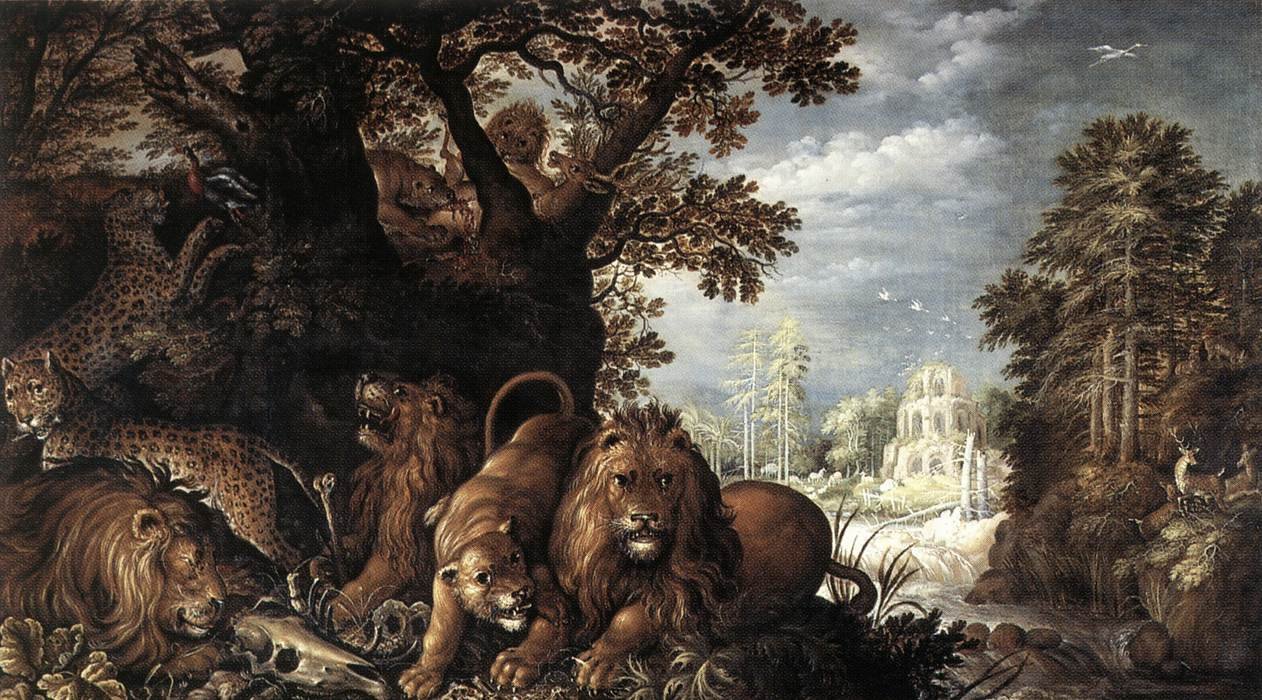
The ancient world was a patchwork of dense forests and rolling grasslands, and early cats thrived in both. Their jaws adapted to different diets and hunting grounds, allowing them to chase small rodents through thick underbrush or stalk larger prey across open plains. This adaptability is part of what made cats such successful survivors. Even as climates shifted and landscapes changed, feline jaws kept pace, evolving to meet new challenges. There’s a quiet resilience in their story—a reminder that flexibility and determination can carry you through even the wildest changes.
Whiskers and Wariness
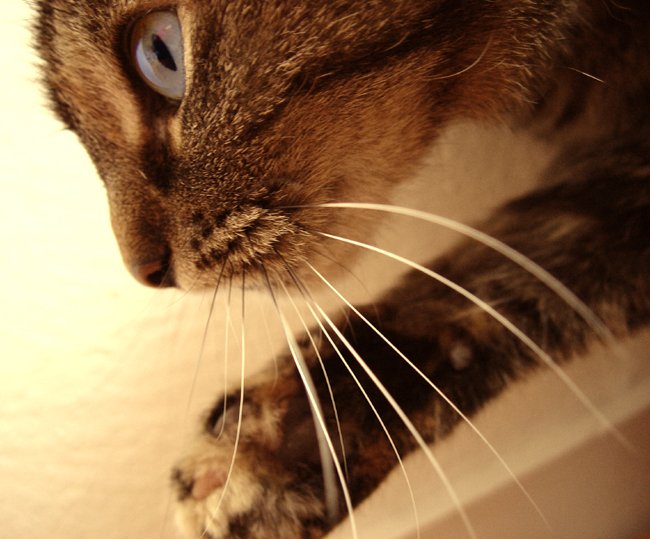
It’s not just the teeth that made early cats special—it’s the whole package. Jaws worked closely with sensitive whiskers, helping felines sense movement, judge distances, and react in a split second. This combination of keen awareness and powerful bite made them nearly unbeatable hunters. Even now, when your cat pauses, twitching her whiskers before a leap, she’s channeling instincts shaped by ancient necessity. The partnership of whiskers and jaws is a reminder that true power often comes from coordination, not just strength.
Tooth Tales and Family Trees

Each ancient jaw holds clues about a cat’s place in the family tree. The size and spacing of teeth, the shape of the jawbone—all these details help scientists trace relationships between species. It’s like assembling a puzzle where each piece is millions of years old. These discoveries reveal surprising connections: lines that split and rejoined, distant cousins living side by side. It’s a story of branching and blending, of ancient journeys across continents. When you look at your own cat’s grin, you’re seeing the latest chapter in a very long book.
Diet Dictates Design
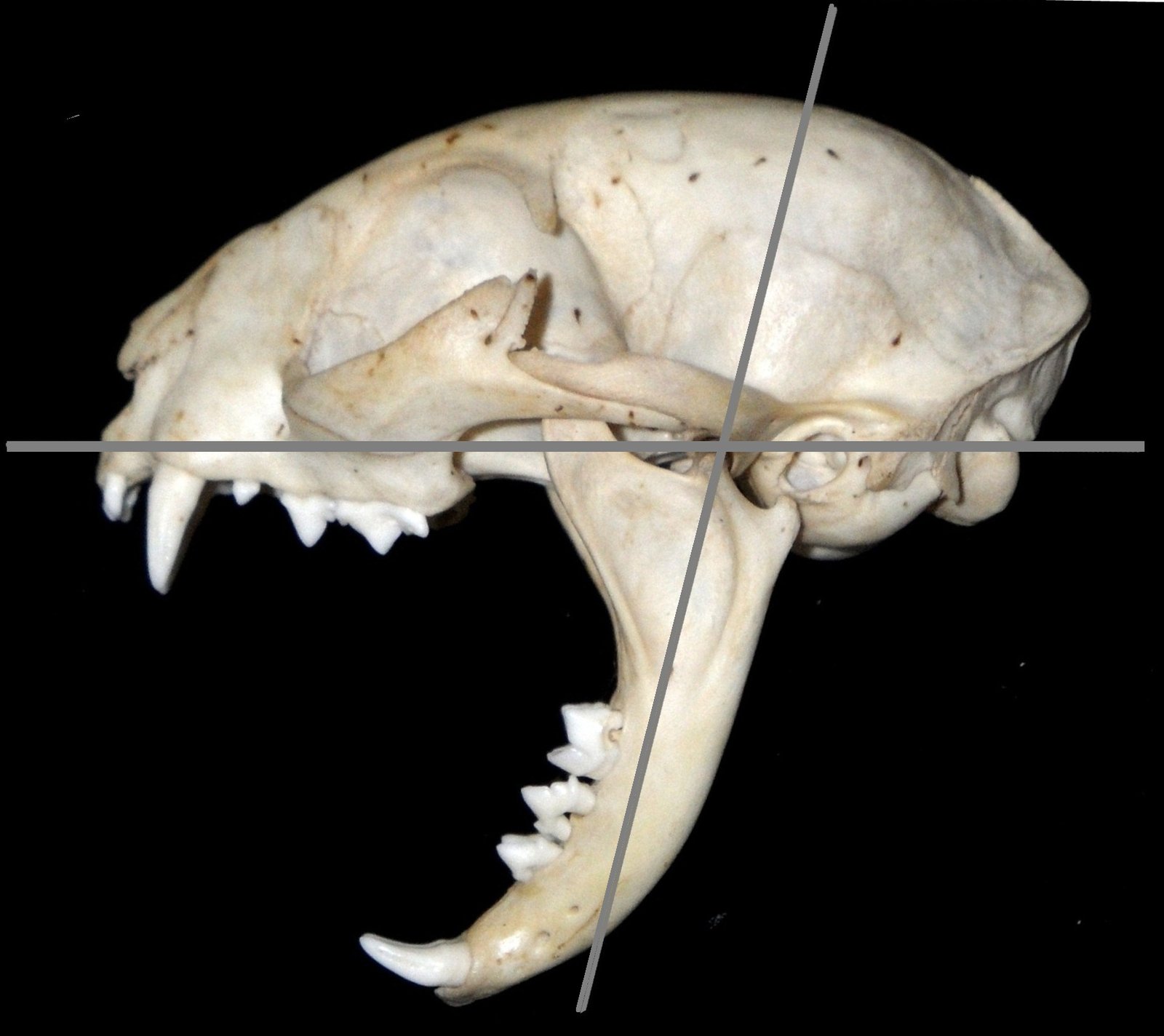
What a cat eats shapes how its jaws grow. Early felines with wide, crushing molars probably dined on tough prey, while those with needle-like canines went after softer targets. Fossilized jaws offer a menu of past meals—tiny bones, feathers, even shells crushed under relentless teeth. This variety shows how adaptable and inventive cats can be. Watching your own cat crunch through kibble or nibble at grass, you’re witnessing echoes of ancient dietary experiments. The humble jaw is a testament to finding what works, and sticking with it.
Night Stalkers and Daylight Hunters
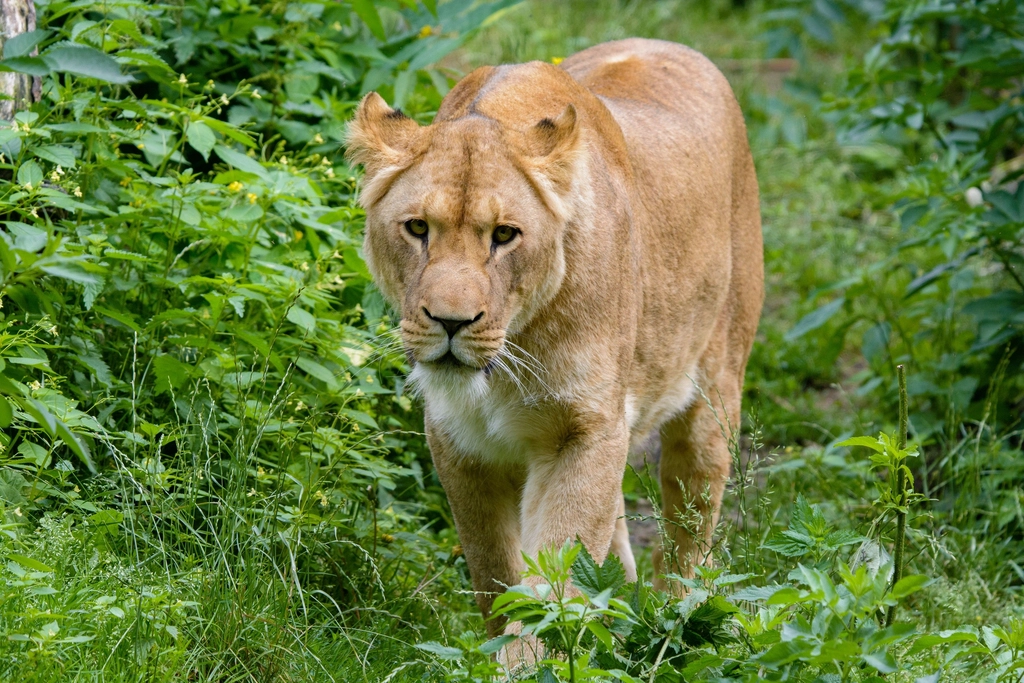
Not all early cats hunted the same way. Some were masters of the night, using their powerful jaws to ambush prey in the dark. Others chased their quarry under the broad sun, relying on speed and endurance. The structure of fossil jaws can reveal these preferences—larger eye sockets for night vision, robust molars for daytime feasts. This diversity made cats nearly unstoppable, able to thrive in almost any environment. It’s a reminder that there’s no single way to succeed; sometimes, it pays to follow your own path.
Social Predators Versus Solitary Stalkers

Some early cats hunted in groups, their jaws working in concert to bring down massive prey. Others preferred to go it alone, relying on stealth and surprise. Fossil evidence hints at these social structures—jaws with wear patterns suggesting cooperative meals, or solitary hunters with distinct bite marks. This range of behaviors shows that feline power isn’t just about muscle; it’s about strategy, teamwork, and knowing when to strike out on your own. Whether your cat is a social butterfly or a lone prowler, she’s carrying on a proud tradition.
Hidden Strength in Small Packages

Not all ancient feline jaws belonged to giants. Some were surprisingly small, built for quick, nimble movements rather than brute force. These little hunters relied on speed and agility, using their jaws to snag insects, birds, and rodents. There’s something delightful about imagining a tiny prehistoric cat dashing through the undergrowth, jaws snapping shut on its next meal. It’s a reminder that power doesn’t always roar; sometimes, it purrs quietly in the shadows, waiting for the perfect moment to strike.
Climate Change and Cat Survival

As the world grew warmer or colder, landscapes shifted and prey moved on. Early cats had to adapt or perish, and their jaws changed right along with them. Fossil records show how some species vanished while others flourished, their jaws evolving to match new diets and habitats. This resilience in the face of change is inspiring—proof that survival often comes down to flexibility and grit. Today’s cats still carry that legacy, adjusting to new homes and challenges with quiet determination.
Fossils as Conservation Warnings
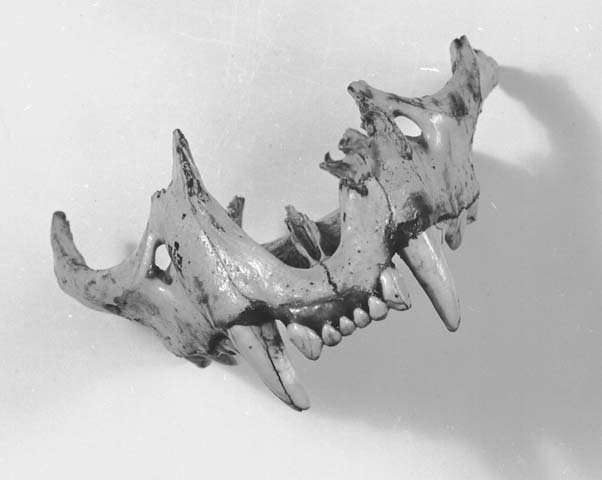
Ancient jaws can teach us more than just history—they can warn us about the future. Many feline species disappeared when their habitats changed too quickly or prey became scarce. These extinctions are written in the fossil record, a sobering reminder that even the mightiest jaws can’t survive without the right environment. Protecting today’s wild cats means learning from the past, making sure their habitats remain safe and their prey plentiful. Every ancient jaw is a call to action, urging us to cherish and defend what remains.
Jaw Strength and Kitten Play

Watch a kitten wrestle with a toy mouse, and you’ll see millions of years of lineage in action. That playful bite is more than just fun—it’s practice for the skills that once meant life or death. Even the tiniest kitten jaws are packed with promise, their little teeth sharp and ready. This playful behavior is a celebration of life, a joyful echo of ancient hunts. It’s a reminder that every cat, no matter how domesticated, carries the spirit of a wild ancestor in its playful heart.
Feline Jaws in Art and Myth

Throughout history, people have been fascinated by feline power. Ancient sculptures and paintings often show cats with exaggerated jaws and fearsome teeth, symbols of strength and mystery. These images capture the awe that humans have always felt for their feline neighbors. Whether depicted as gods, guardians, or cunning tricksters, cats’ jaws became emblems of the wild—untamable, beautiful, and a little bit dangerous. The art reminds us that the bond between people and cats is as old as history itself, rooted in respect and a touch of healthy fear.
Modern Big Cats: Echoes of the Past

Lions, tigers, leopards—today’s big cats are living fossils in their own way. Their powerful jaws, capable of crushing bone and gripping prey, are remarkably similar to those of their ancient ancestors. Watching a lioness bring down an antelope or a tiger tear through dense jungle, you can almost see the ghosts of sabertooths moving in the shadows. These modern giants are reminders that evolution never really ends; it just keeps refining what works best. Their survival is a living testament to the power locked within those ancient jaws.
Domestic Cats: Tiny Tigers at Home

Even the most pampered housecat is a miniature predator, her jaws designed for the same precision and efficiency as her wild cousins. The way she nibbles your fingers or chomps her food is a scaled-down version of ancient survival tactics. Domestic cats may nap in sunbeams and chase laser dots, but beneath the soft fur lies a hunter’s heart. Their jaws are living fossils, a direct link to a wilder past. It’s humbling to realize that every purr and playful bite is a reminder of a legacy millions of years in the making.
Dental Care for Today’s Cats

While ancient cats relied on natural wear and tear to keep their teeth healthy, today’s felines need a bit more help. Modern diets can lead to dental problems that wild ancestors never faced. Regular checkups, proper food, and the occasional chew toy can make a big difference. Caring for your cat’s jaws is a small way to honor the resilience and strength they’ve inherited. It’s a reminder that even the mightiest tools need a little maintenance now and then.
Jaw Fossils and Scientific Discovery
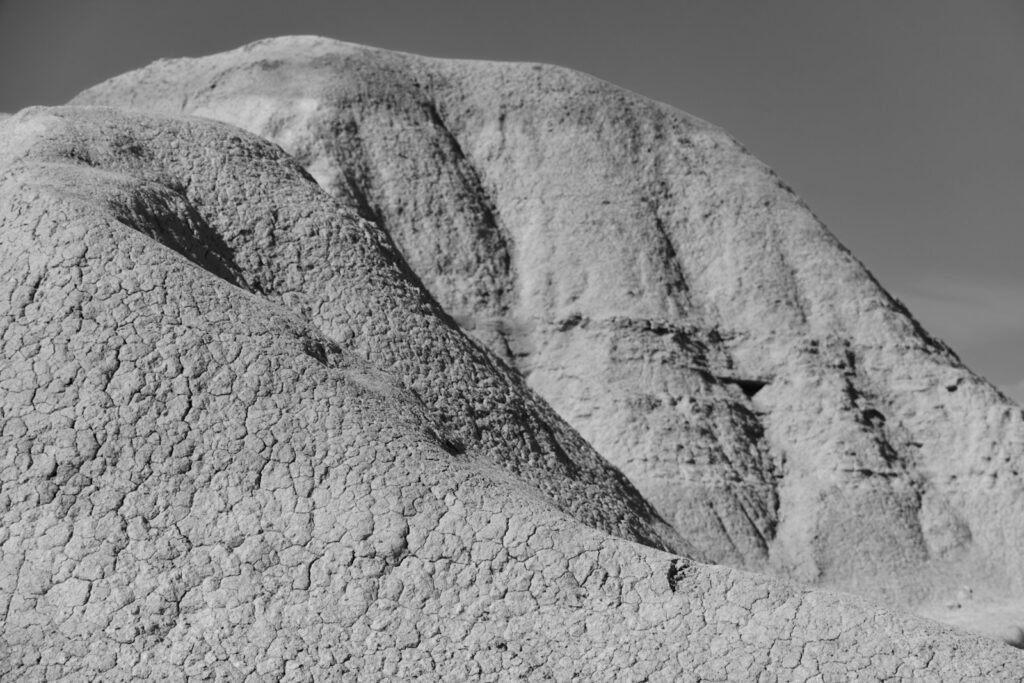
Each new feline jawbone unearthed is a chance to rewrite what we know about evolution. Scientists use these fossils to piece together migration patterns, climate changes, and even ancient diseases. Sometimes, a single jaw can upend decades of assumptions, opening new windows into the past. There’s an excitement in discovery—a sense of adventure that brings together experts and enthusiasts alike. Every fossil is a puzzle piece, waiting for someone curious enough to fit it into the bigger picture.
Lessons in Patience and Power

Felines teach us that true power often comes from patience and subtlety, not just brute force. The slow stalk, the careful bite, the measured retreat—all are strategies that have stood the test of time. Early cats learned to wait for the perfect moment, to conserve energy and strike only when success was certain. These lessons are just as relevant today, whether you’re watching a leopard in the wild or your own cat at play. Patience, it seems, is the ultimate superpower.
Howling in the Night: Ancient Voices

Imagine a world where the night was filled with the cries of ancient cats, their jaws wide as they called to one another across the darkness. These sounds—part warning, part invitation—are lost to time, but their echoes remain in the yowls and chirps of today’s felines. The jawbones that shaped these calls are silent now, but their legacy endures. Listening to your cat’s meow, you’re hearing the faintest whisper of a world long vanished, yet strangely close.
Guardians of Balance
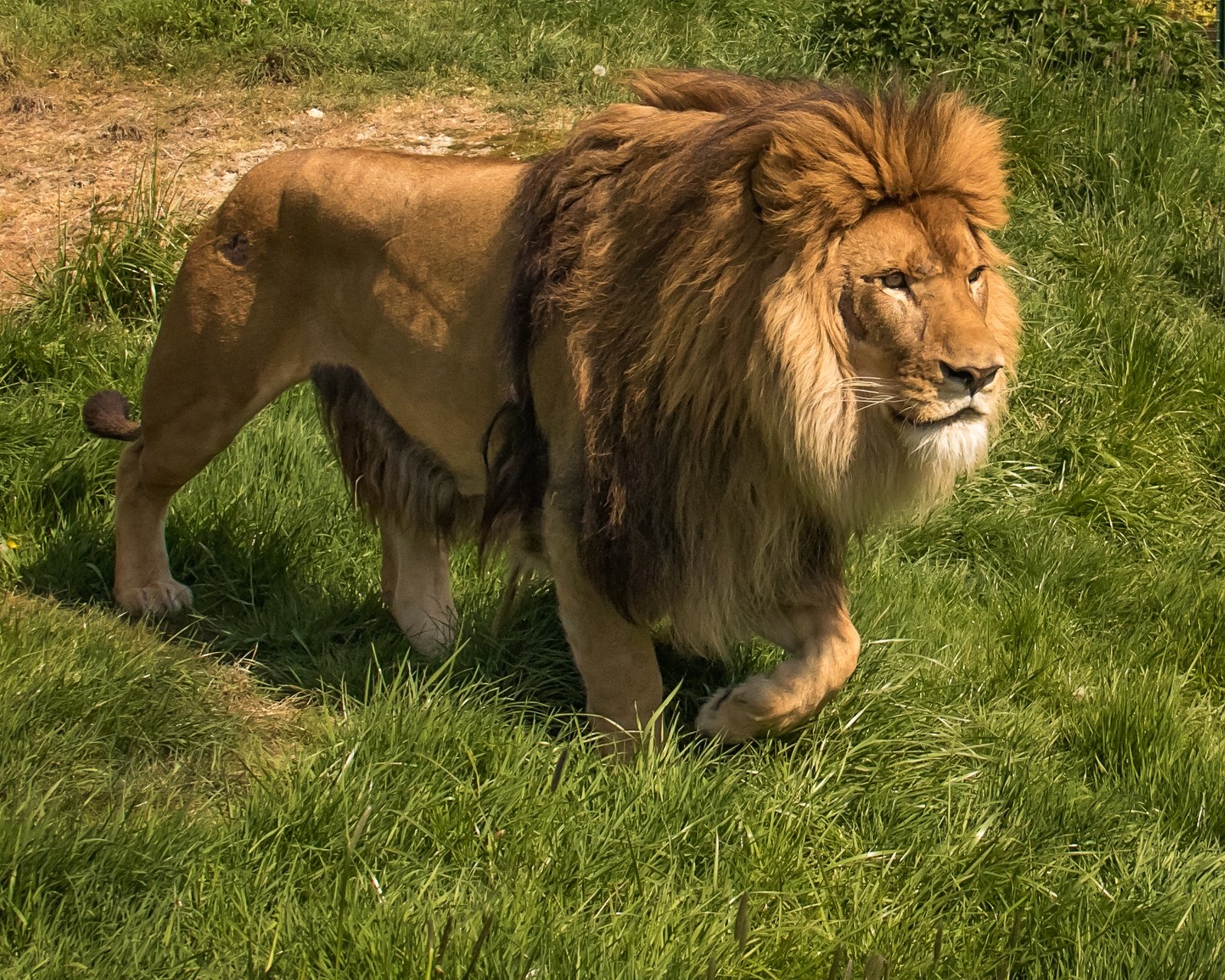
Cats have always played a crucial role in their ecosystems, keeping prey populations in check and maintaining balance. The strength of their jaws has shaped the lives of countless other creatures, from ancient rodents to modern birds. Protecting wild cats today means safeguarding entire environments, ensuring that the delicate web of life remains intact. It’s a responsibility that stretches back millions of years—a chain unbroken by time and change.
The Enduring Allure of Feline Power

There’s something endlessly captivating about the power held in a cat’s jaw. It’s a blend of beauty and danger, grace and ferocity. These ancient fossils remind us that some things are timeless—like the thrill of the hunt, the comfort of a warm purr, and the quiet strength that defines all cats. In every bite, every stretch, every lazy yawn, we see a reflection of a story that began long before us. The allure of feline power endures, calling us to admire, protect, and cherish these remarkable creatures.
Conclusion

Exploring the jaws of ancient felines is like opening a treasure chest from the past. Each fossil, each tooth, whispers of survival, adaptation, and quiet strength that have shaped the cats we know today. Whether stalking in prehistoric forests or curled up on our couches, felines carry a legacy of resilience and wonder. Their powerful jaws are more than tools—they’re symbols of a story that’s still being written. Next time you hear your cat yawn or see her play, remember the wild ancestors behind those teeth. Isn’t it amazing to think the echoes of ancient power live on in every purr?

Suhail Ahmed is a passionate digital professional and nature enthusiast with over 8 years of experience in content strategy, SEO, web development, and digital operations. Alongside his freelance journey, Suhail actively contributes to nature and wildlife platforms like Feline Fam, where he channels his curiosity for the Feline into engaging, educational storytelling.
With a strong background in managing digital ecosystems — from ecommerce stores and WordPress websites to social media and automation — Suhail merges technical precision with creative insight. His content reflects a rare balance: SEO-friendly yet deeply human, data-informed yet emotionally resonant.
Driven by a love for discovery and storytelling, Suhail believes in using digital platforms to amplify causes that matter — especially those protecting Earth’s biodiversity and inspiring sustainable living. Whether he’s managing online projects or crafting wildlife content, his goal remains the same: to inform, inspire, and leave a positive digital footprint.






